The rugs preserve and embody a thousand-year-old cultural legacy. They tell the stories of their weavers and pass on the traditions taught from one generation to another.
The creation of handmade rugs requires great skill and knowledge of the different traditional techniques of each place.
Made manually on a vertical loom where the thread is strongly attached to the warp by means of knots, this traditional technique, typical of India, Iran, Pakistan, Tibet, Turkey and all the countries of the Caucasus, is characterized by being a slow process (since it is manually knotted one by one, row by row), which allows the creation of highly detailed designs. The greater the number of knots, the greater the density, the definition of the pattern, the durability and, consequently, the value of the rug.
The shape and thickness of the knot differentiate the different kinds of hand-knotted rugs. From turkish knot, persian knot, indo nepal to sumak.
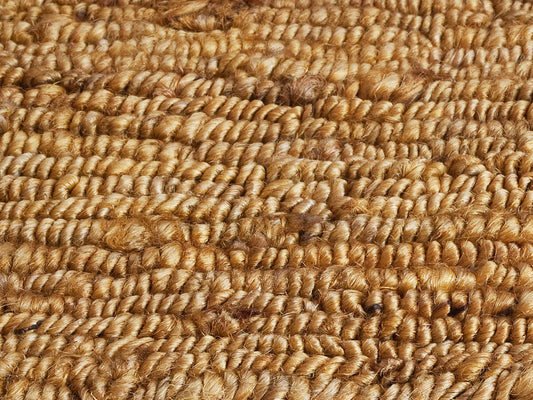
Indo Nepal
The Indo Nepal technique uses a rod to work faster.
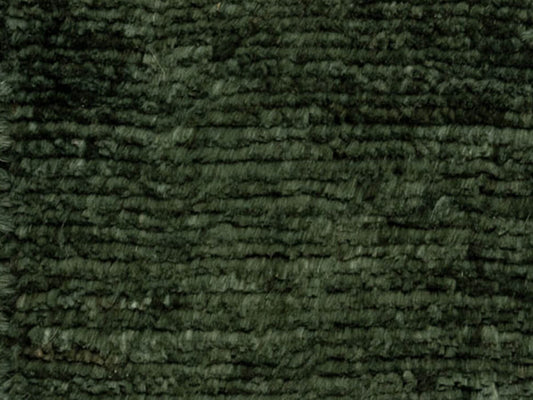
Persian Knot
The Persian method is the most traditional, each knot must be cut by hand.
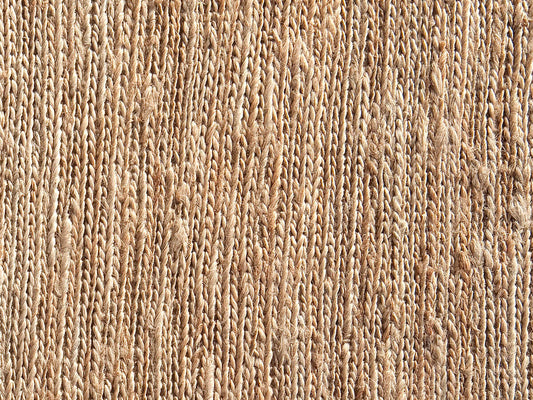
Sumak
The Sumak is a technique where the threads are knotted in the warp, making it appear that the carpet is made up of braids.
Made on a vertical or horizontal loom where the weft threads are intertwined with those fixed to the warp loom, this traditional technique allows for a wide range of finishes, from simple and fine designs, with cut or looped pile, to more elaborate textures. It is used to create dhurries and kilims.
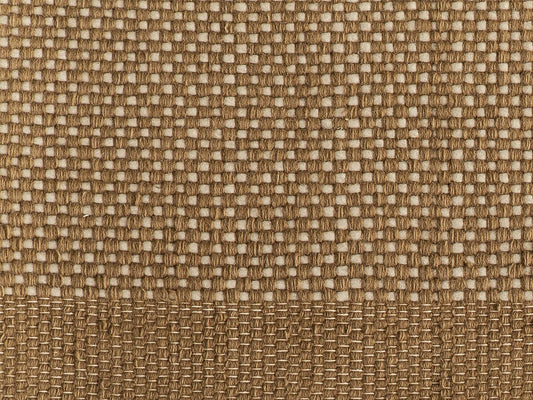
Dhurrie
Flat structure rug originating from India. This technique shows the structure of the fabric almost in a pedagogical way and without fear of showing the warp. An example of this is the Tres nanimarquina collection.
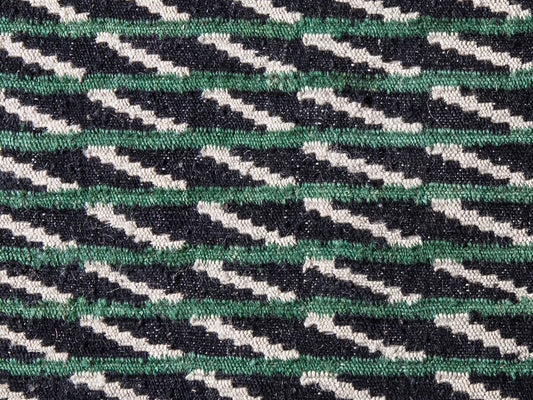
Kilim
Originating from Pakistan, these pileless rugs are characterized by their high density, durability, resistance and lightness. One of the main differences between kilim weaving and flat weaving is that the weft in the case of kilim is much tighter and more dense. These rugs come in a variety of colors and commonly in geometric motifs.
Originally from India, this technique allows you to create rugs in different formats, with a multitude of drawings and pile heights. It is manipulated with a gun-like tool with which the threads are injected onto a fabric previously stretched on a frame.
Through this technique, curves and fluid lines can be woven, which allows drawings and graphic designs to be literally transferred.
In addition, tufted rugs are characterized by providing natural thermal insulation thanks to the amount of air that is retained in the interstices of their fibers; and also acoustic, these absorb sounds reducing noise levels.
This technique is based on the basic principle of manual sewing. Create embossed visual embellishments.
Fibers
-

Wool
-

Silk
-

Jute
-

Nettle
-

Cotton
-

Recycled PET





